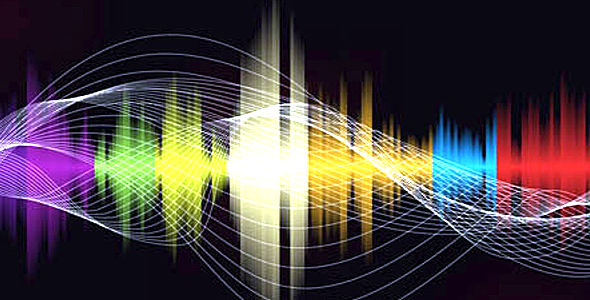FOLLOW:
The Yoga of Sound – Listening to the Music of the Universe, Part 5
THE SHABDA YOGA TRADITION OF INDIA – THE PATH OF THE MASTERS
The ancient Schools of Spirituality, including: Sant Mat, Kabbalah, Mandaean Gnosis, Sufism, and others, see themselves as preserving a Perennial Philosophy of the Ages. Some see a line of Masters and Mystics, the keepers of spiritual Knowledge, as existing throughout all of recorded history. Some of these great souls include: Seth, Enoch, Abraham, Moses, Isaiah, the Teacher of Righteousness, John the Baptist, Yeshua, Valentinus, Saint Isaac the Syrian, Mohammad, Rabia of Basra, Rumi, Hafiz, Namdev, Kabir, Guru Nanak, Tukarama, Mirabai, Dadu, Dariya Sahib, Tulsi Sahib, Swami Ji Maharaj, and others right up to the present time.
The Sant Mat tradition, also known as the Path of the Masters, very much sees itself as a modern-day continuation of the Teachings of the Saints of old, very much a Living Perennial Philosophy with living Saints. The author Julian Johnson in, “With a Great Master in India,” says:
“The Teaching of the Saints [which is what the term ‘Sant Mat’ means] has been one and the same system since the first Saint ever set foot upon this planet……It is a science based upon natural law and personal experience. The Creator Himself is its author and founder.”
Living Masters teach their (living) students how to SEE and how to HEAR spiritually, which, to me, makes a great deal of sense. Seeing is believing; hearing is vitally important as well. Without being able to see and hear, inner mystical exploration can’t get very far. One analogy might be the worldwide web. How much surfing of the web can we do if our monitor isn’t on? Speakers and a sound card are nice to have as well.
According to the Masters of Sant Mat the ‘electricity’ of the Godhead that flows through all creation, and that’s present within every living thing, is called ‘the Shabd.’ Shabd or Shabda is a term for the Inner Light and Sound of God, sometimes referred to as ‘the Audible Life Stream.’ This Current can be seen as well as heard. This is the Sound of God if we did but know it, and is the Light of Eternity if we could only recognize it within ourselves. Surat Shabda Yoga, the spiritual practice of Sant Mat, literally means: “the attention-faculty of the soul (Surat) becoming one (yoked, yoga, or in union) with the Inner Light and Sound Current (Shabda) of God.” The inner Light-Sound Stream can be encountered during the silence of contemplative meditation when we directly open ourselves up to It. Here’s a list of other mystic-term

The Power of the Word
We find in the Bible the words: ‘In the beginning was the word, and the word was God’, and we also find that the word is light, and that when that light dawned the whole creation manifested. These are not only religious verses; to the mystic or seer the deepest revelation is contained in them.

The Mysticism of Sound
Abstract sound is called sawt-e-sarmad by the Sufis; all space is filled with it. The vibrations of this sound are too fine to be either audible or visible to the material ears or eyes, since it is even difficult for the eyes to see the form and color of the ethereal vibrations on the external plane.

Sikhism
A progressive religion well ahead of its time when it was founded over 500 years ago, The Sikh religion today has a following of over 20 million people worldwide and is ranked as the worlds 5th largest religion. Sikhism preaches a message of devotion and remembrance of God at all times, truthful living, equality of mankind and denounces superstitions and blind rituals.

Naam or Word – Hari Ras
Now we come to another term, “Hari Ras” or Divine intoxication. Whoever communes with the Word, Shabd or Naam feels an exhilarating effect, too sweet and too absorbing for words. Far from being inebriating and stupefying it raises one into a state of super-consciousness and universal awareness.

Vipassana Meditation: The Soothing Divinity of Sound
The Himalayan masters of ancient India developed the “sound current” that is now known as the “divine sound.” The divine sound is the foundation used for practicing various forms of yoga—nada, sahaj, Babaji, kriya, and Sikh practices such as shabda yoga.